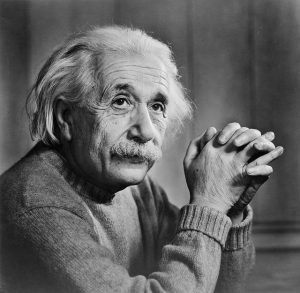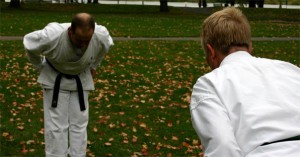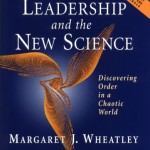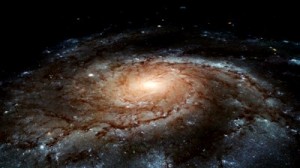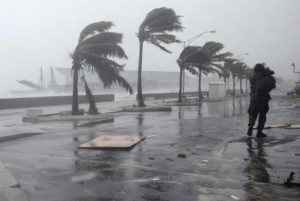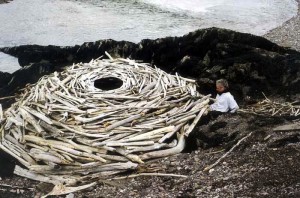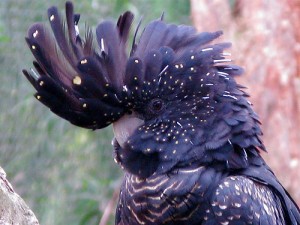 Cockatoo tribe woke one morning to an eerie silence. No dawn birdsong, no bushland creatures stirring, no rustling breeze, no ocean roar. The Cockatoo people gathered around the camp fire.
Cockatoo tribe woke one morning to an eerie silence. No dawn birdsong, no bushland creatures stirring, no rustling breeze, no ocean roar. The Cockatoo people gathered around the camp fire.
“What is this silence?” asked Black Cockatoo. His brothers shrugged in puzzlement.
They decided to search for the cause of the silence. Red Cockatoo hunted in the estuary and mudflats. Yellow Cockatoo walked the long beach and looked in rock pools. Green Cockatoo ventured into the dense rainforest beneath the escarpment. Black Cockatoo climbed the sandstone cliffs high above their camp. The brothers promised to return to camp at dusk.
That evening Red, Yellow and Green Cockatoo met, built a fire and cooked the fish and fruits of their foraging. But Black Cockatoo did not appear. They agreed it was a long journey into the cliff country and he had most likely camped there overnight.
The silence in the world around them continued.
Next morning each brother again ventured out, vowing to return that night. Again they did not find a cause for the silence. Again Black Cockatoo did not return. The brothers cooee’d into the night but no reply came. Red Cockatoo wondered if a faint light high in the cliffs was a campfire but his brothers argued it was a low star on the horizon. They agreed to travel into the cliffs the next day to search for Black Cockatoo.
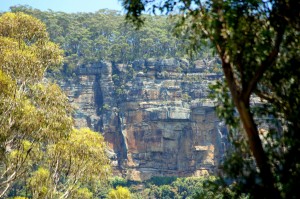 The Cockatoo people were skilled trackers and traveled quickly. They followed the trail left by Black Cockatoo high into the cliff country until they saw a faint plume of fire smoke from a distant ridge.
The Cockatoo people were skilled trackers and traveled quickly. They followed the trail left by Black Cockatoo high into the cliff country until they saw a faint plume of fire smoke from a distant ridge.
They knew they had found Black Cockatoo.
The brothers cooee’d and called his name. Black Cockatoo appeared on the ridge line and beckoned for the brothers to join him.
As they traversed the ridge they began to notice carvings on the flat rock shelf and strange ochre paintings and images beneath overhangs. They felt power in the art.
Black Cockatoo looked tired and hungry. Food was scarce in the dry sandstone country. He invited the brothers to his fire and spoke. “Here our ancestor’s spirits live. Carved onto the rock is the lore and dreaming of our tribe. We forgot our people’s stories and caused silence to come to our country.”
“I am glad you are with me” Black Cockatoo continued, “Together we can once again learn our culture. We can bring it anew to our tribe.”
So the brothers studied the rock formations and ancient art and gradually they learned afresh from their ancestors. Red Cockatoo learned of canoe making for the estuary. Yellow Cockatoo learned of tides and the construction of cunning fish traps. Green Cockatoo learned the healing properties of forest plants.
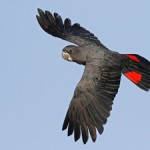 After some time Red, Yellow and Green Cockatoo returned to the tribe with this new knowledge. On their arrival, the silence ended and the song of country was once again heard by the Cockatoo people.
After some time Red, Yellow and Green Cockatoo returned to the tribe with this new knowledge. On their arrival, the silence ended and the song of country was once again heard by the Cockatoo people.
Black Cockatoo however stayed on the sandstone ridge. He learned to be a custodian of tribal lore. To this day you will sometimes see Black Cockatoo fly down from the high escarpment and hear him calling to his people, reminding them of kinship and reverence to country.
 I grew up on a plateau, literally.
I grew up on a plateau, literally.


